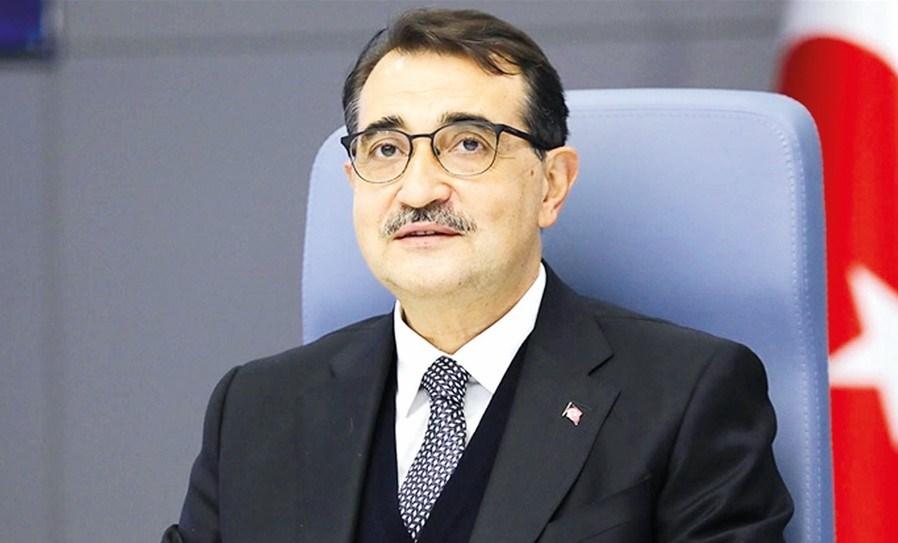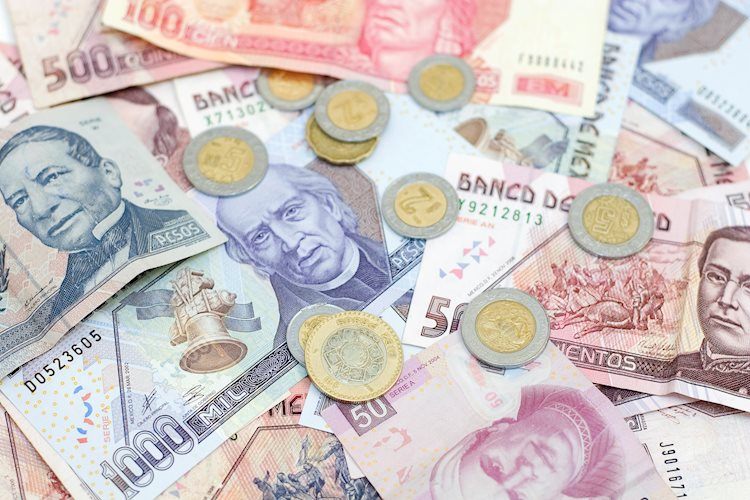The economic crisis caused by the Covid-19 pandemic has put a strain on the Member States of the European Union, causing a severe recession. To revive the EU economy, the European Commission has developed the Recovery Fund , an instrument with which funds have been allocated for economic growth and Sustainable Development. Let’s see what the meaning of Recovery Fund is and what it is for , also analyzing which projects are supported by EU funds.
Recovery Fund: what exactly is it
A simple explanation of the Recovery Fund is that of one instrument for the economic revitalization of the member countries of the European Union . The translation of Recovery Fund from English, in fact, can be expressed in Italian as Recovery Fund . It is precisely a tool to direct European financial resources in favor of the EU member states, which can use these funds to carry out a series of interventions in line with the priorities identified by the European Commission.
All countries, in fact, are required to plan a PNRR , a National Recovery and Resilience Plan, obviously also presented by Italy. Within the national NRPs are indicated the interventions, reforms and investments that each State wants to carry out for the revitalization of the economy. These strategic plans are then submitted for evaluation by the European Commission, with the possibility of requesting corrections and modifications up to the final approval.
Once a national PNRR is approved, the funds provided for with the Recovery Fund begin to be released, resources that are gradually disbursed to the States based on the achievement of the objectives set through the reference PNRR. Of course, each country can establish specific priorities, based on its socio-economic situation and the shortcomings present, however the guidelines are those indicated by the EU and aligned with the objectives of sustainable development , digitization and reduction of social inequalities.
The difference between Recovery Fund and Recovery Plan
There is often a tendency to confuse a number of terms, including Recovery, Fund, Recovery Plan and Next Generation EU . The Recovery Fund is the European program to guarantee adequate support to EU countries, whose objective is to ensure the necessary funds to support the economic recovery of the Member States. The Recovery Fund is part of the Next Generation EU , a broader program with long-term time horizons to guide the ecological and digital transition of the European Union.
The Next Generation EU, in turn, is supported by the RRF (Recovery and Resilience Facility), a device that guarantees most of the resources for projects realized in the dimension of the Next Generation EU, funds that are integrated with other systems including the React-EU . The Recovery Plan , or Recovery Plan, refers instead to the PNRR of the various EU countries, or to the national plans for the use of the resources of the Recovery Fund and the Next Generation EU.
To avoid making too much confusion the European Commission has associated the Recovery Fund to the Next Generation EU , therefore it is possible to use these two terms to indicate the same instrument, a device for reviving the economies of the EU Member States. In reality the Recovery Fund is a more specific program to overcome the crisis caused by SARS-CoV-2, while the Next Generation EU is a broader strategic plan, however they can be used to express the same concept of economic relaunch .
How the Recovery Fund works
The Recovery Fund instrument can count on over 800 billion euros of resources , which countries can access in the form of non-repayable grants and loans on favorable terms. Most of the resources are covered by the issue of European bonds , guaranteed by all EU countries and especially by Germany through its triple A rating. This allows for better financing conditions , especially for those countries that have difficulty in finding funds at affordable rates.
The resources of the Recovery Fund have been included within the EU Multiannual Financial Framework 2021-2017 (MFF) and the Next Generation EU (NGEU) , according to the following breakdown:
- market single, innovation and digital agenda (149.5 billion from the MFF and 11.5 billion from the NGEU);
- cohesion, resilience and values (426.7 billion of the MFF and 776.5 billion of the NGEU);
- natural resources and environment (401 billion of the MFF and 18.9 billions of the NGEU);
- migration and border management (25.7 billion from the MFF);
- security and defense (14.9 billion MFF);
- neighborhood and rest of the world (MFF 110.6 billion);
- European public administration (82.5 billion from the MFF).
At the moment, the total funds foreseen with the Next Generation EU is 806.9 billion euros, while the 2021-2027 Multiannual Financial Framework provides for a total allocation of 1,210.9 billion euros. These are the endowments of the European Union for the economic revitalization , funds that through NGEU will be used in the next 3 years, while through the MFF until 2027, for the purpose of making the European Union countries greener, digitized and resilient .
The Recovery Fund was in fact made possible thanks to the sharing of common objectives among the Member States , an indispensable approach for sharing the risks associated with the EU debt for the recovery. Obviously these are political decisions , agreements that require the support of all the countries of the European Union, in particular that of the most important economies such as Germany, France and Italy. This is a unique opportunity for building a more sustainable, equitable and modern Europe.
Recovery Fund projects
The resources of the Recovery Fund will be spent for the most part between 2021 and 2022 , in fact, 70% of the funds are allocated to this two-year period. The remaining 30% will be spent in 2023, while the projects envisaged by the Multiannual Financial Framework will subsequently be implemented. The projects financed are those inserted by the Member States within their respective national PNRRs, with access to resources only after the green light from the European Commission based on the results presented by the individual countries.
The main areas of intervention supported by the Recovery Fund are:
- digitization and innovation;
- ecological transition;
- infrastructure for the green economy;
- research and education;
- social inclusion;
In this context are included example projects for electric mobility , to accelerate the transition to zero and low em cars issions in view of the farewell to endothermic engines. The same applies to the diffusion of renewable energies regarding the energy transition , with the reduction of the use of fossil fuels for the decarbonisation of Europe. The aim is to achieve climate neutrality by 2050 , to counteract the climate change and keep global temperature rise within 1.5 ° C.
An essential point of the Recovery Fund is the support for digitization projects , including the increase in coverage of ultra-broadband connections, 5G and optical fiber, or the digital transformation of Public Administrations to improve services for citizens. Priority was also given to the production of microchips in the EU , to make the countries of the European Union more autonomous and resilient against supply shortages , avoiding crises such as the one that hit the automotive sector.
The strategy on vaccines is also part of the EU’s priority interventions, in in particular the production in the Member States of the raw materials for the large-scale production of the new vaccines a mRNA technology . Important projects are also related to the UE4Health 2021-2017 plan, the European health program supported by 5.1 billion euros, with which the EU wants to work on digitization, prevention, preparation against health crises, optimization of health systems and training of health personnel.
Application of the Recovery Fund in Italy
Italy has already received the approval of the national PNRR and obtained the first funds from the Recovery Fund, with the arrival in the summer of 24.9 billion euros, equal to 13% of the allocation available for our country. Overall, with the Recovery Fund we will have the possibility to use up to 191.5 billion euros of European resources , however the release is linked to the progress of the reforms and the approval of the Budget Law 2022 .
The priorities of the Italian PNRR are investments in young people, gender equality and the reduction of the citizenship gap. The Italian economy recovery plan is divided into 6 main missions :
- digitization, innovation, competitiveness, culture and tourism;
- green revolution and ecological transition;
- infrastructure for sustainable mobility;
- education and research;
- inclusion and cohesion ;
In addition to the resources of the Recovery Fund, Italy’s PNRR will be supported by 30.6 billion euros from the Complementary Fund , funds deriving from the deviation from the budget objectives approved by Council of Ministers on 15 April 2021. The total budget for Italy will therefore be 248 billion euros , of the what the 82 billion will be available for projects for the South and the reduction of inequality between Northern and Southern Italy.
Note: This article have been indexed to our site. We do not claim legitimacy, ownership or copyright of any of the content above. To see the article at original source Click Here













